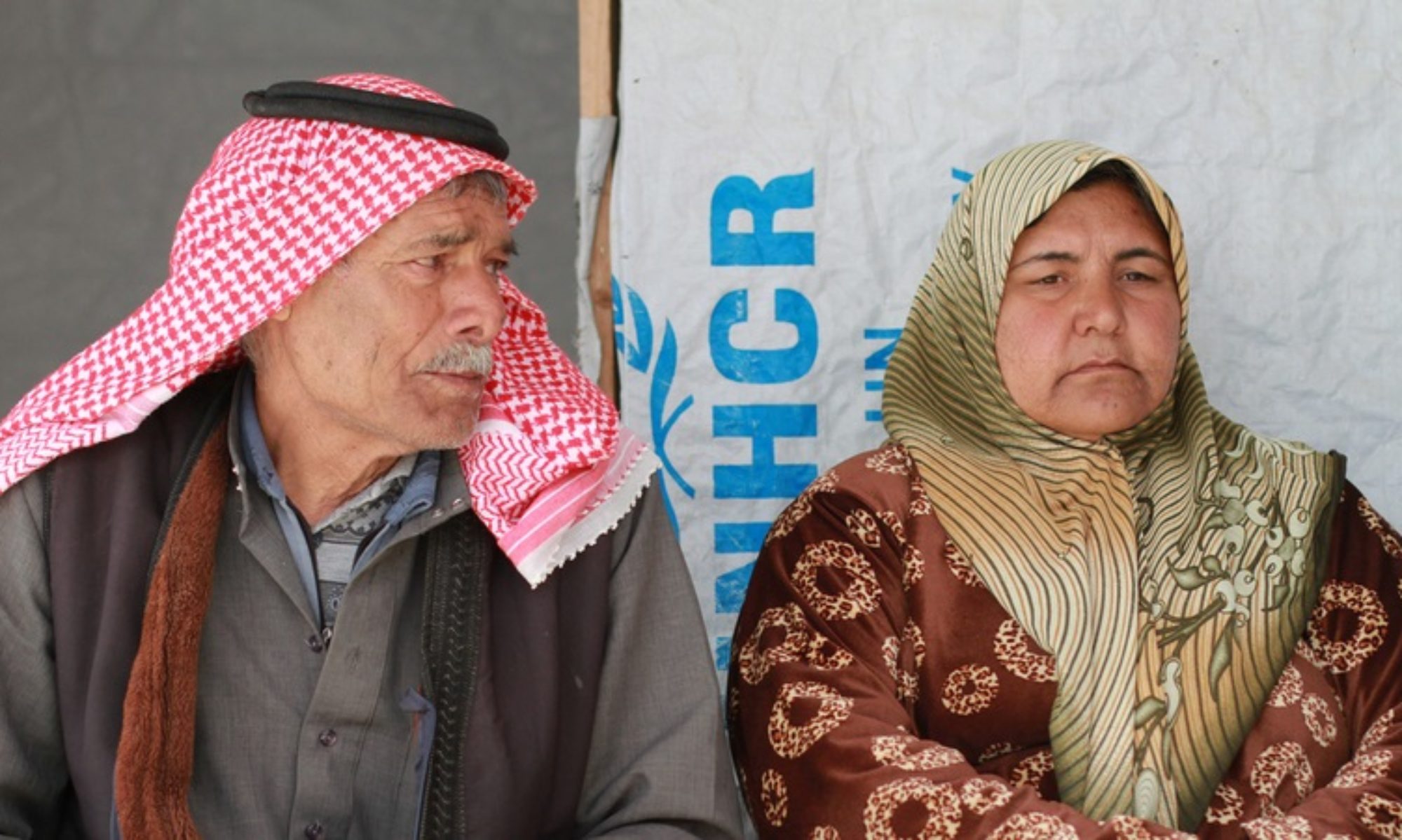Arsal essentials
The border municipality of Arsal, situated in North Bekaa, is host to some 32,000 Syrian refugees- the second largest figure of any cadaster in Lebanon. Both Arsalis and refugees live under difficult conditions. The town has a history of being marginalized from investment and public services, and has been affected by the Syrian conflict more than any other municipality in the country.
A number of important misconceptions exist as regards Arsal:
- Arsal is far from Beirut by Lebanese standards and historically marginalized. However, Arsal is by no means “remote”. A round trip from Beirut is a mere five hours through good quality roads. Snowfall may block the main access during winter, but roads are usually cleared within the day.
- Arsal is relatively safe. Both the Lebanese Armed Forces (LAF) and, recently, national police have presence. Incidents against humanitarians are very rare. While permissions from LAF are necessary for access, these are routinely granted for humanitarian work.
- Arsalis as well as Syrian refugees are overall friendly and authorities are cooperative with humanitarians. Arsal is one of the few municipalities in Lebanon where a dedicated humanitarian coordination mechanism exists, including the Municipality, local and international NGOs and UN agencies.

Arsal: approximation to a chronology
The twentieth century until the start of the war in Syria
- 1920: Creation of Greater Lebanon under the French Mandate for Syria and Lebanon. Some Arsalis demand that Arsal be annexed to Syria.
- 1925: Arsali residents take part in the Great Syrian Revolt against the French Mandate, in particular in the battle of Jiwar al-Naqqar.
- 1958: An important number of Arsali residents support Arab nationalism during the 1958 Lebanon crisis, in particular the formation of the United Arab Republic of Syria and Egypt, promoted by Gamal Abdel Nasser. The revolt is put down by the Lebanese Armed Forces.
- 1975-1990: Lebanese Civil War. Leftist parties have an important presence in Arsal. Clashes occur with neighbouring towns.
- 2005: After the assassination of Rafiq al Hariri, many Arsalis travel regularly to Beirut to participate in the Cedar Revolution.
War in Syria, massive refugee influxes and the first battle of Arsal
- 2011: Start of the war in Syria.
- Early 2012: Refugees start arriving to Arsal. They are largely welcome by Arsalis. UNHCR starts registration activities in May.
- April 2013: Start of the battle for Qusayr. First large influx of refugees into Arsal town. Large operation by UNHCR and partners.
- November 2013: Start of the battle of Qalamoun. Large refugee influx into Arsal.
- February 2014: As the Qalamoun battle moves south, a third large influx of refugees arrives to Arsal.
- August 2014: Syrian armed groups attack Arsal. A violent battle ensues for control of the town. By the 7th of August, a fragile ceasefire is established. Syrian armed groups remain in control of large swathes of the outskirts of the municipality, beyond LAF checkpoints. Arsal remains beyond reach of the Interagency cash assistance operation for Syrian refugees. Restrictions of movement for Syrian refugees.

The second battle of Arsal and its aftermath
- January 2017: First self-organized return to Syria, after agreements between armed groups.
- April 2017: UNHCR and humanitarian partners start contingency planning and humanitarian negotiations with LAF, in view of an upcoming operation to retake control of the full municipality.
- June 2017: LAF is targeted by suicide attacks . Large detentions of Syrians.
- June and July 2017: Further returns to Syria, monitored by UNHCR.
- July 2017: Start of the second battle of Arsal. Hundreds of Syrians flee the outskirts into Arsal town. They are assisted by local NGOs, with remote support from UN agencies and INGOs. After ceasefires, several transfers of Syrians take place to locations inside Syria, including Idlib.
- August 2017: End of the second battle of Arsal and of the organized presence of Syrian armed groups in the town.
- September 2017: With access largely improved, UNHCR and partners initiate a multi-million dollar humanitarian response in the town, composed of:
- A one-year action plan of humanitarian and development action,
- Establishment of cash assistance for Syrian refugees and selected vulnerable Lebanese, for the first time,
- Establishment of a large counselling operation by UNHCR.
The current situation
- January 2019: Anti-refugee demonstrations in town.
- June-August 2019: Arsal is particularly affected by a decision to dismantle all structures with solid materials (such as brick walls, with only 5 rows of bricks allowed) inside informal tented settlements. Hundreds of refugee families see their shelters downgraded, right before the onset of winter. Results of the country-wide Vulnerability Assessment of Syrian Refugees (VASYR) do not indicate big differences in Arsal, with the exception of the quality of food consumption. However, data were collected previous to dismantlement. Humanitarian agencies start an assessment of impact of the dismantlement on vulnerability and protection.
- October 2019: Lebanese and refugees alike suffer from the sudden aggravation of the economic crises, coinciding of the start of the harsh Arsal winter. In particular, access to cash assistance is difficult, given the poor banking coverage of North Bekaa. UNHCR and WFP advocate for better access to the banking system. UNHCR and partners prepare for winterization.
- December 2019: First self-organised return to Qusayr.
* With thanks to my colleagues Norair Boutchakjian and Ali Noueihed for institutional memory and analysis.

